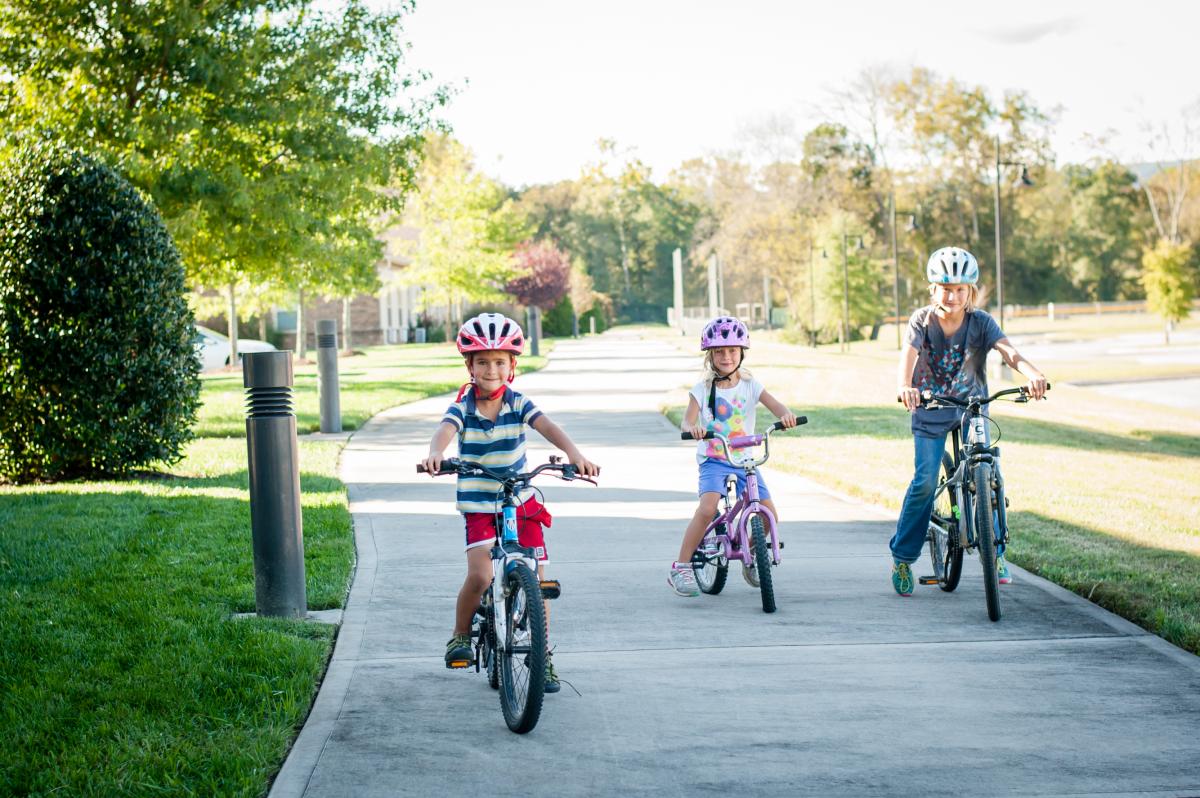Sign On to Support Significant Investments in Physical Activity
Please join the Safe Routes Partnership in asking our next President to make a significant investment in getting Americans more physically active. Half of adults and 75 percent of children in this country do not meet the minimum levels of physical activity recommended for good health. Yet, the US Centers for Disease Control and Prevention (CDC) currently has very little funding to address our nation’s physical inactivity crisis.



